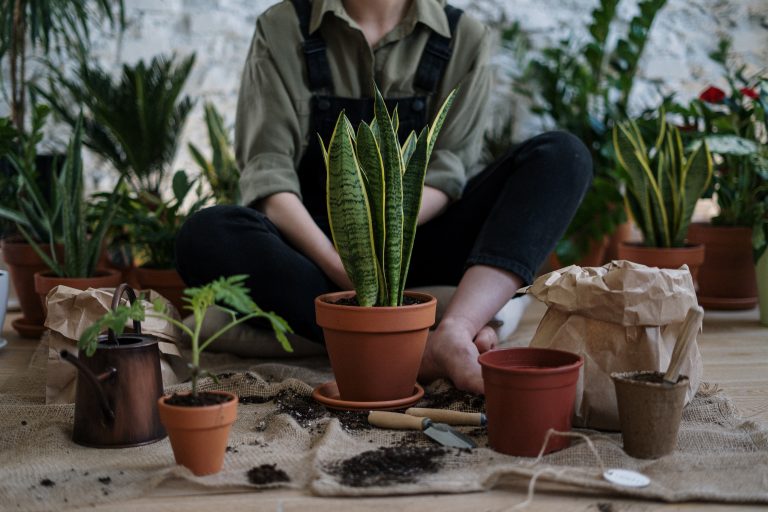If you plan to grow vegetables and other plants in your garden, understanding the soil you have at home is very important. The soil conditions at home play a huge role in determining the types of plants you can grow at home.
For the best plants and vegetables, you need to ensure that the soil is rich in nutrients for the plants. And if soil conditions aren’t optimal, you can always go through various methods to improve the soil quality for certain crops.
That said, you may be wondering how you can test the soil yourself.
Well, there are a few methods to do it, and we’re going through all of them in this article. That way, you know which plants you can or cannot grow at home.
Why Do You Need to Test Your Garden Soil?
Soil conditions play a massive role in the types of crops that can grow in them. And with a soil test, you can determine your soil’s pH level or whether it’s alkaline or acidic.
On top of that, soil tests also show what nutrients and minerals are present in your soil, which shows you which plants you can grow and whether or not you need to improve the conditions.
So, before you plant anything in your garden, it’s essential to test your soil. That way, it’s easier to choose the best match for the soil conditions at home.
How to Test Garden Soil At-Home?
There are many ways that you can test garden soil at home. Some methods involve collecting a sample and bringing it to a lab, while other methods can be performed without leaving your backyard.
So, if you’re looking to plant some crops in your garden, here are some ways to test your soil conditions.
Use an At-Home Testing Kit
If you want a convenient process and accurate results, we highly recommend an at-home testing kit. These kits test for a wide range of micro and macronutrients, so they tell you more than just whether or not your soil is acidic or alkaline.
On top of that, certain test kits even come with a top-quality PDF report. That way, you can easily learn about your soil conditions and find the best plants to grow in your garden. Or, you can look at methods for augmenting your soil conditions to create a better environment for plant growth.
When you use an at-home kit, all the steps are clearly laid out. That way, you won’t have a hard time collecting the sample and conducting the test. And if you’re looking for a top-quality testing kit to use at home, check out this link: trygnome.com/products/soil-test-kit.
Bring Your Soil Samples to a Lab
Another option for those that need accurate results is to bring their soil samples to a lab. When you do this, you can rest assured that trained professionals conduct the test using top-quality equipment and tools. That way, you’re sure that the results are accurate, and you can rely on them when determining what plants to add to your garden.
While many people offer soil testing services, the process can cost a fair amount of money. However, considering the fact that soil quality plays such a big role in growing plants, it’s a worthwhile investment.
The DIY Method
If you don’t want to buy a separate kit for testing your soil, you can always use a DIY method. To do this, you must:
- Mix one-half cup of vinegar with a scoop of soil
- If it fizzes or bubbles, the soil is alkaline
- Mix one-half cup of water with a scoop of soil and add baking soda
- If it fizzes or bubbles, it’s acidic
Now, these won’t give you the most accurate results or the best information. However, it gives you a decent starting point for deciding what plants to add to your garden.
Conclusion
If you’re looking to plant certain crops or plants in your garden, you will benefit from testing your soil. So, feel free to try out any of these methods above to help you determine which crops or plants would grow the best in your space!

